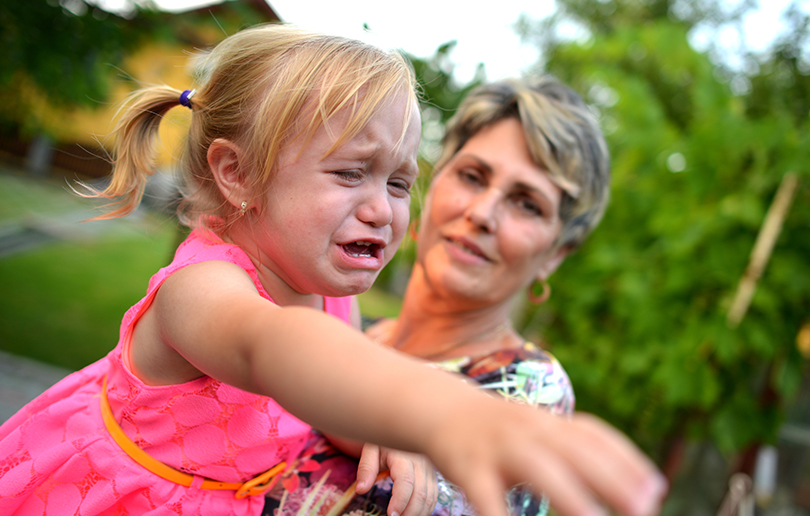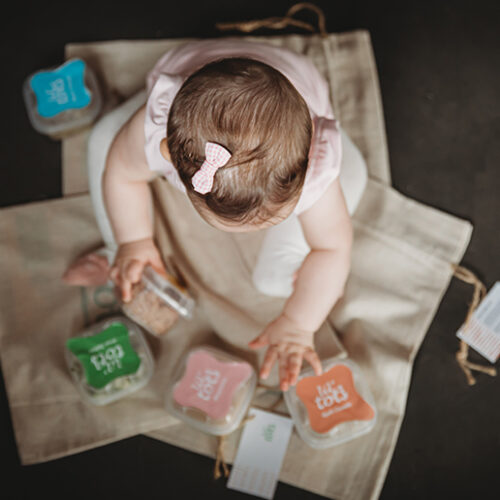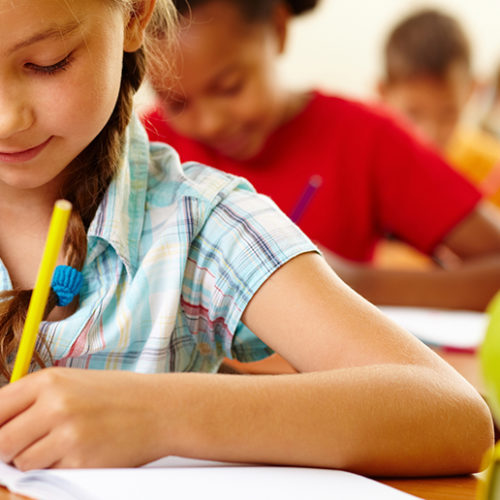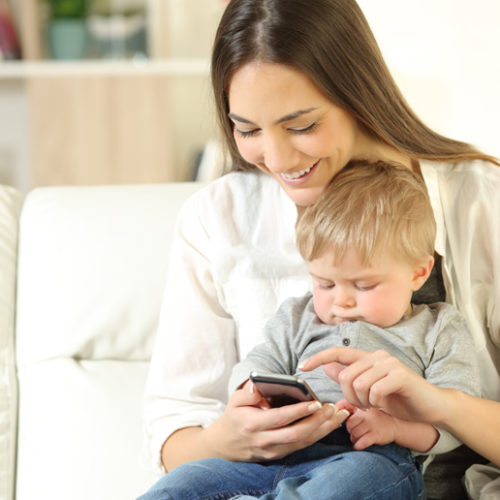How to deal with the terrible twos
Even the most well-behaved baby can be a handful when they grow into a toddler. Mother, Baby & Child looks at some practical parenting tips from 18 months to three-year-olds.

Use age appropriate language
An 18-month-old child cannot understand simple reasoning and the cause and effect of their actions, so it is important to keep language simple. While they are still this age, keep reasoning to the minimum. For example, “Ouch! Don’t bite mummy. No biting.” Meanwhile, a two-year-old can start to understand more complex sentences and reasoning: “Don’t climb on the furniture, it’s dangerous, you can hurt yourself. No climbing.” By age three, you should be able to reason with your toddler: “Please don’t take your shoes off, if you take them off we will have no time to spend at the park.”
Be consistent
It’s important that toddlers receive a consistent message when being disciplined, this helps them to quickly learn which types of behaviours are acceptable and which are not. Consistency between yourself and your partner is also essential. Your child must see the same reaction from both of you to learn a particular behaviour is not acceptable. If they receive a different message from the both of you, they can become confused and it can delay the learning process.
Teaching rather than punishment
Learning what behaviour is acceptable is a natural part of childhood. However, it is important to lead by teaching rather than by punishment. By simply punishing your child for their behaviour, it can leave them confused as to what they’re being punished for and cause them to become more distressed. Instead (depending on age) be sure to teach and explain to them that what they are doing is not ok, and why.
Distraction and triggers
Different children have different triggers. It’s good to know your child’s triggers, and remove temptation where possible. For example, if they have drawn on the wallpaper with pens, remove pens from their reach around the home. Distracting your child when you aware bad behaviour could be triggered is also a good idea. For example give them a task to do or toy to play with whilst you are trying to put their shoes on, so they become distracted from a potential confrontation.
Saving the word “no”
Avoid using the word “no” in response to every mishap. It can lead to your child becoming desenstistised to the word. Instead, save the word “no” for situations that are dangerous. For example, if they try to touch something hot, or hit another child. For situations that are not dangerous (for example refusing to brush their teeth) avoid the word no, and use more explanation and reasoning, as the child grows, as to why their behaviour must change.
Avoid emotional confrontations
It can be easy to become emotional and frustrated when confronted with a badly-behaved toddler. However, it is important to remain calm, as if you react with the emotion, your child will only absorb the emotional climate of the situation and not the words you are saying. Take a deep breath, count to five and calmly respond to your child.
Give them attention for the right sort of behavior
Sometimes children lash out as a means of getting attention. To encourage the right sort of behaviour, make sure you praise them when their conduct is good. This will encourage future good behaviour as they seek the reward that results from positive behaviour.
If nothing else works…
If after 5 or more times, your child is still repeating the same behaviour try using a ‘time out’. For the time out, choose a space in your home with no distractions. Ask them to sit in the time out space for a set amount of time (usually 3-5 minutes). Toddlers dislike to be separated from their family and toys, so this small separation is usually enough for them to form a link between negative behaviour and consequence.










